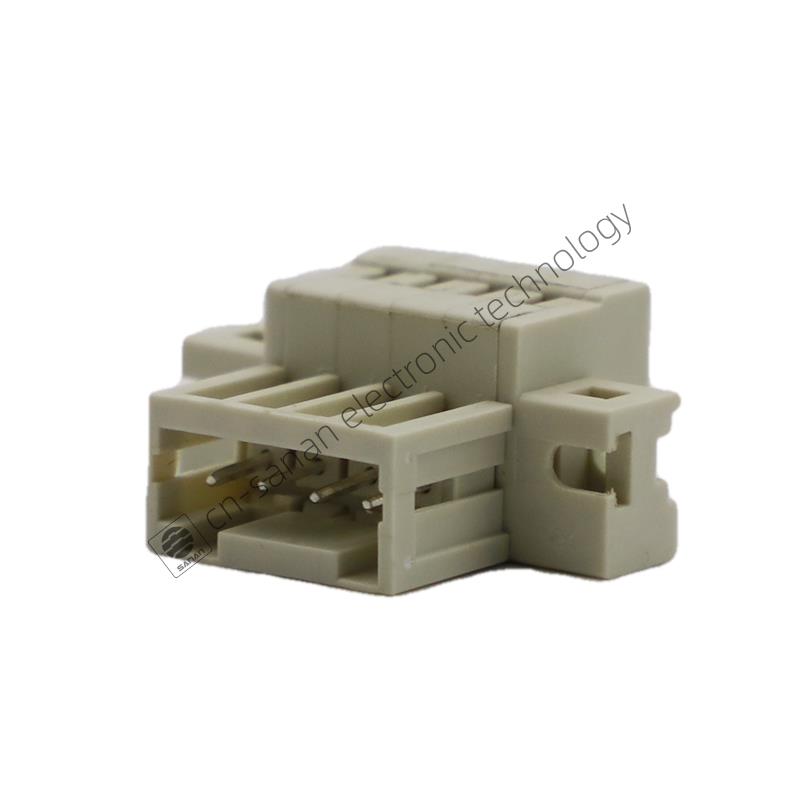History of Automation Development
2024-09-13The history of automation spans thousands of years, evolving from simple mechanical devices to sophisticated systems that drive modern industry. Below is an overview of key stages in the development of automation:
1. Ancient and Early Mechanical Devices
- Before Common Era: Ancient civilizations invented simple mechanical devices such as levers, pulleys, and water wheels to reduce labor and improve productivity. For example, the Greek mathematician Archimedes designed a water screw for irrigation.
- Middle Ages: Mechanical clocks and automat were developed during the Middle Ages, representing early attempts at mechanical automation. Clockwork mechanisms became the foundation for more complex machines.
2. First Industrial Revolution (Late 18th to Early 19th Century)
- Steam Power and Machinery: The Industrial Revolution marked the rise of steam engines and mechanical equipment. Machines like the spinning jenny in textile production enabled partial automation, greatly improving efficiency.
- Early Control Mechanisms: As machines became more complex, there was a need for automated control. In 1788, James Watt invented the centrifugal governor to regulate steam engine speed, one of the first automatic control devices.
3. Second Industrial Revolution (Late 19th to Early 20th Century)
- Electric Power and Early Automation: The introduction of electricity allowed machines to be powered by electric motors and controlled with electrical systems, replacing mechanical power sources. Sensors and relays began to be used for early forms of automation.
- Assembly Line Production: In 1913, Henry Ford introduced the assembly line in car manufacturing, automating part of the production process. Standardization and division of labor were key to this approach.
4. Development of Control Theory (Mid-20th Century)
- Feedback Control Theory: In the 1940s, mathematician Norbert Wiener developed the concept of cybernetics, introducing feedback control systems. These systems adjust inputs to maintain stability, forming the foundation of modern automated control.
- Mechanical and Electronic Integration: As electronic technology advanced, automation systems began incorporating electronic controllers, sensors, and switches, enabling more complex and precise control of machinery.
5. The Rise of Computing and Information Technology (Mid to Late 20th Century)
- Digital Control and Computer Integration: In the 1960s, the development of computers transformed automation. Numerical control (NC) machines and industrial robots were introduced, allowing automation of highly specialized tasks. Computer-Aided Design (CAD) and Computer-Integrated Manufacturing (CIM) revolutionized production.
- Programmable Logic Controllers (PLCs): In 1968, the first PLC was introduced, replacing traditional relay-based systems with programmable electronic control, a cornerstone of modern industrial automation.
6. Third Industrial Revolution and Modern Automation (Late 20th Century to Present)
- Intelligent Automation and Robotics: By the late 20th century, industrial robots became widely used in industries such as automotive manufacturing and electronics. These robots were programmable, allowing for complex tasks to be automated with greater precision and efficiency.
- System Integration: Modern automation systems integrate mechanical, electrical, and digital components, along with advanced technologies like artificial intelligence (AI), big data, and the Internet of Things (IoT), leading to fully digitized and intelligent manufacturing processes.
7. Future Trends
- Artificial Intelligence and Adaptive Systems: With advancements in machine learning and big data analytics, automation systems are becoming more intelligent, capable of self-learning and adaptive control, optimizing processes in real-time.
- Fully Autonomous Factories (Smart Manufacturing): The future may see fully autonomous factories, sometimes referred to as "lights-out manufacturing," where production processes are completely controlled by intelligent systems with minimal human intervention.
Automation has not only transformed manufacturing but also revolutionized fields like transportation, healthcare, and services, playing a critical role in advancing modern society. Sanan devote to industry automation, with IO modules, din rail enclosures , terminal blocks.





